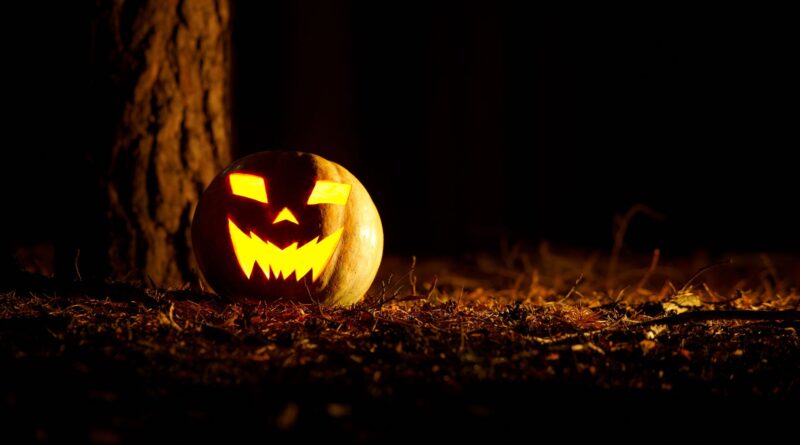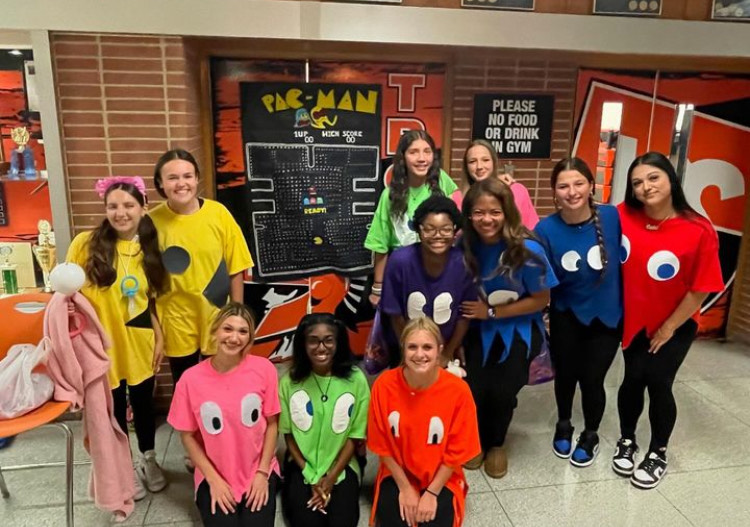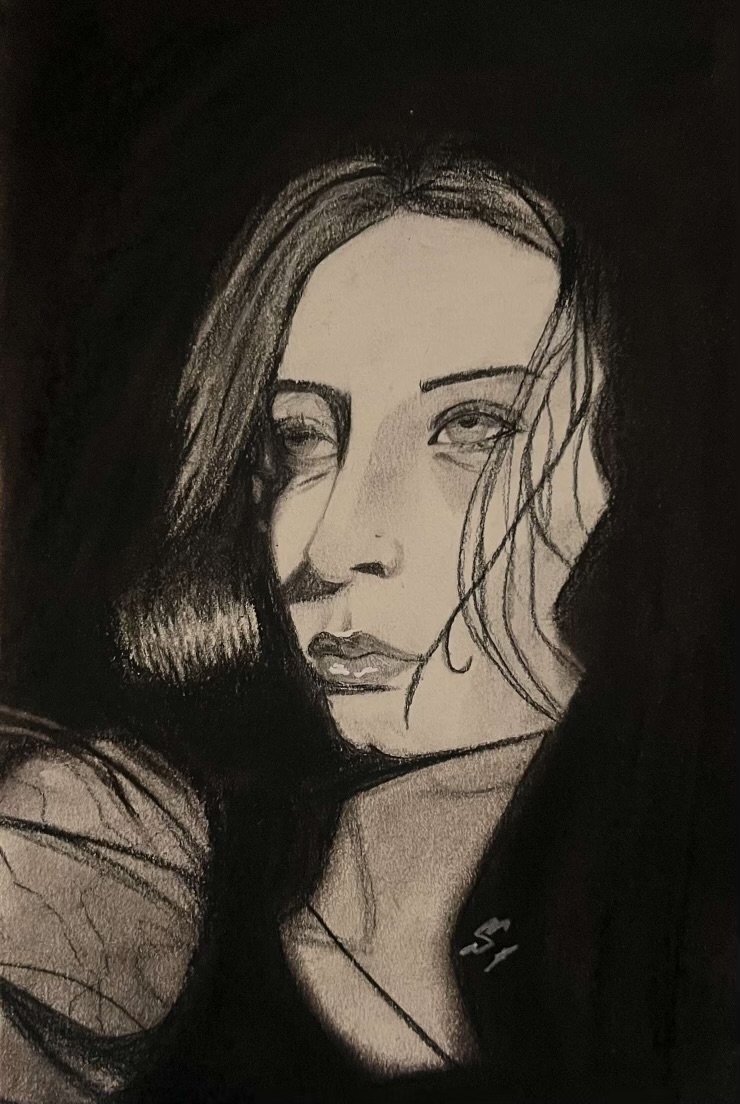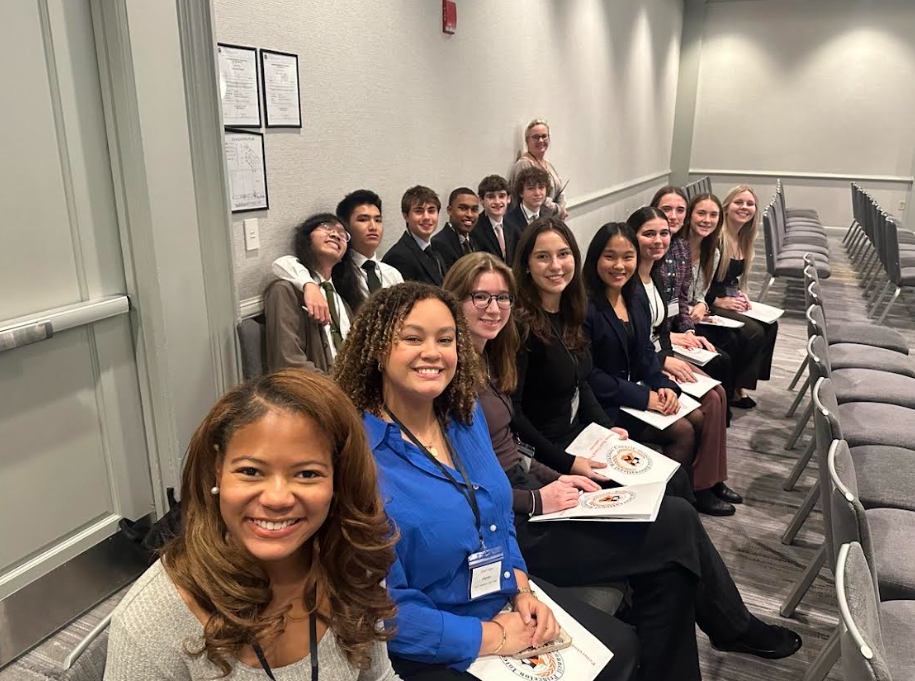The History of Halloween
Halloween, a holiday so popular that people have started celebrating it twice. From dressing up in costumes to stealing candy from strangers, there really is something for everyone! But a question that probably no one other than me has asked is “Where did Halloween come from?”
The Celtic festival of Samhein is a pagan festival that celebrates the end of summer, and is to thank for most of our modern Halloween traditions. The tradition of carving pumpkins originated from Samhein where people would carve turnips to scare away spirits. Similarly, the tradition of wearing costumes came from people wanting to confuse the spirits into leaving them alone. Trick or treating (although origins are debated) may have some roots in Samhein as well. One theory is that Celtic people would leave food out to appease the spirits when they would wander the earth, while another theory suggests that giving out candy stemmed from the German-American Christmas tradition of “belshnickling” where kids would dress up and go to their neighbor’s house to see if they could guess the identity of the children. But Halloween also has roots in other cultures, like where Romans would bob for apples to try and predict their future relationships, or how black cats and bats have been seen as bad luck in England since the middle ages.
Those are the origins of Western Halloween, but there are countries all over the world who celebrate festivals similar to our Halloween. For example, Día de los Muertos in Mexico is a day that celebrates all loved ones who have passed on. Día de los Muertos is often symbolized by skulls and marigolds, which are used to help lead souls to Ofrendas (offerings) left by their loved ones. Awuru Odo from Nigeria is an Igbo holiday like Día de los Muertos that honors and celebrates the dead. Awuru Odo is celebrated biannually usually starting between September and November and ending in April but the dates change from year to year. People celebrate this tradition by spending time with family, having feasts, and performing music. Lastly, The Hungry Ghost Festival from China is another festival for people to honor the dead. To celebrate, people perform rituals to provide comfort to ghosts and leave offerings of food, incense, money, and other valuable possessions to appease the returning spirits. This holiday is celebrated on the 15th day of the 7th lunar month (usually in August or September) and is called the “Ghost Month.” Of course, there are so many more festivals than just what I listed, but those three examples are good examples of other festivals from around the world.
The fact that so many cultures around the world celebrate similar festivals around the same time in the modern calendar with little to no communication is such an interesting topic for me and hopefully for anyone reading. This Halloween, celebrate happily knowing that people all over the world are celebrating similar holidays just like you.
Happy Halloween!
Works Cited
Thomas, Heather, “The Origins of Halloween Traditions”, Library of Congress, October 26, 2021
The Origins of Halloween Traditions
“Day of the Dead (Día de los Muertos)”, Cereal Ventures
Akter, Ariana, “Aruwu Odo Festival”, Prezi, © 2025 Prezi Inc. October 30, 2019
Lee, Micheal, “What Is The Hungry Ghost Festival?”, HISTORY, © 2025, A&E Television Networks, LLC, September 12, 2025




